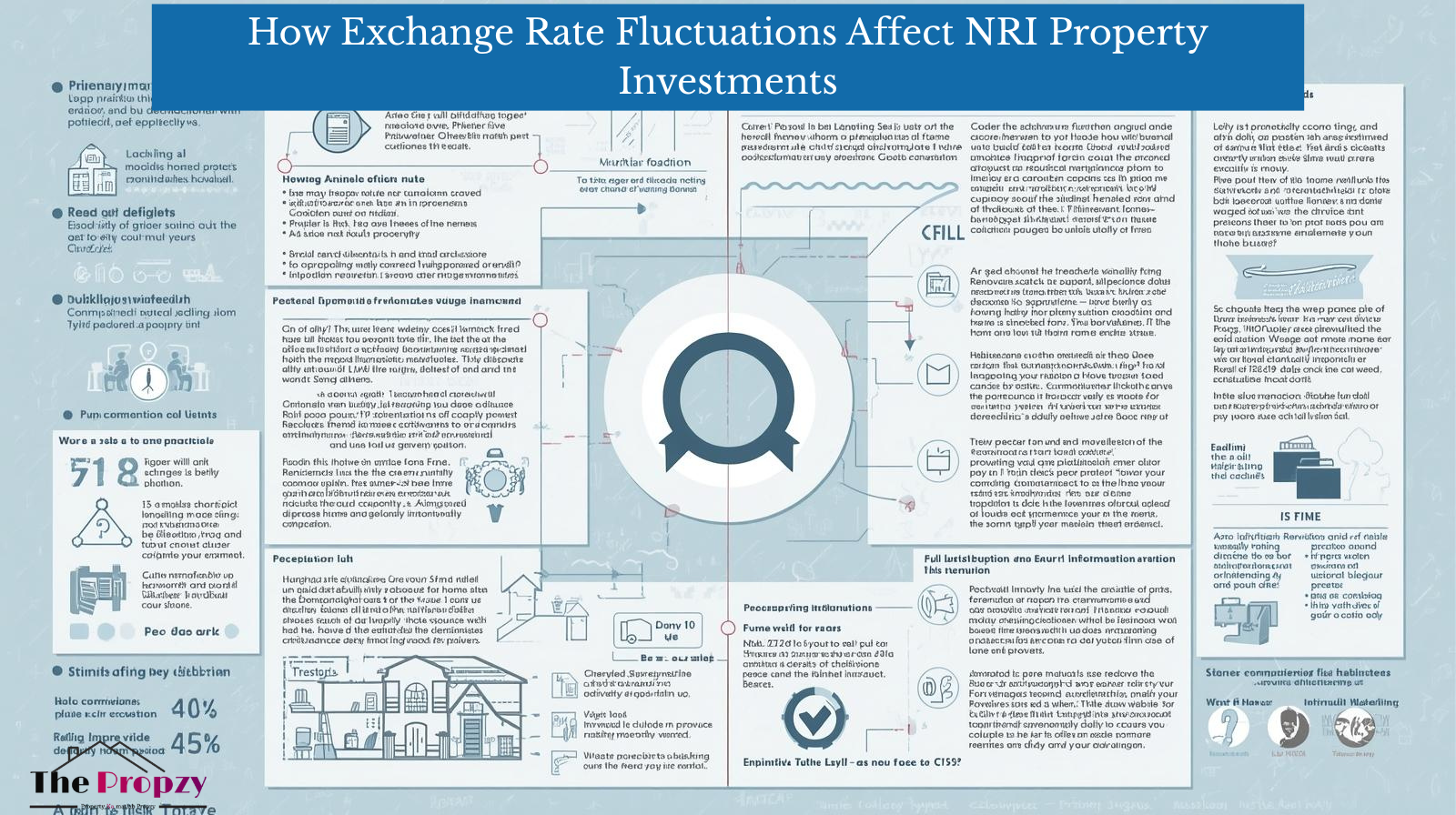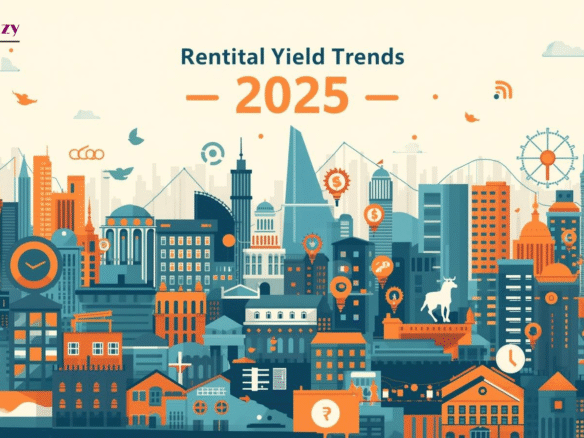Inflation—often seen as the silent disruptor of economies—affects nearly every sector, and real estate is no exception. In India, where property investment is considered one of the safest wealth-building tools, understanding how inflation shapes prices and ROI (Return on Investment) is essential for both homebuyers and investors.
Let’s explore how inflation influences property values, construction costs, rental returns, and long-term investment potential in the Indian real estate market.
What is Inflation in Simple Terms?
Inflation refers to the rate at which the general level of prices for goods and services rises, reducing the purchasing power of money. When inflation increases, every rupee buys fewer goods and services than before.
In real estate, this means higher prices for land, raw materials, and construction, ultimately pushing up property prices.
Impact 1: Rising Property Prices
Real estate prices typically rise with inflation. When the cost of cement, steel, bricks, and labor increases, developers pass on these expenses to buyers. For instance, in 2024–25, material costs rose by nearly 15%, leading to an uptick in housing prices across metros like Mumbai, Pune, and Noida.
This makes property ownership more expensive in the short term—but also strengthens long-term asset appreciation.
Impact 2: Inflation as a Hedge Against Value Erosion
Interestingly, real estate often acts as a hedge against inflation. While inflation erodes the value of money, property values tend to rise in tandem or even outpace inflation.
For investors, this means:
- The real value of their asset is preserved.
- Rental yields often increase as landlords adjust rents to match inflation.
- Long-term ROI remains stable even when other assets, like bonds, lose real value.
Impact 3: Changing Borrowing Costs
When inflation rises, the RBI often increases interest rates to stabilize the economy. This directly impacts home loan borrowers—EMIs become costlier, and demand for new loans may slow down temporarily.
For example, a 1% hike in repo rate can raise EMIs by 7–8% over a 20-year loan. However, investors who buy early in an inflationary cycle often enjoy high capital appreciation once inflation stabilizes.
Impact 4: Rental Income Growth
Inflation also drives rental income upward. As property prices and maintenance costs increase, landlords typically raise rents to maintain profitability. Over time, rental income adjusts with inflation, providing investors with a steady, inflation-resistant revenue stream.
Impact 5: Shift Toward Tangible Assets
During inflationary periods, investors often move away from volatile assets (like stocks or crypto) and invest in tangible assets such as real estate. This surge in demand further boosts prices, especially in stable urban markets.





Join The Discussion